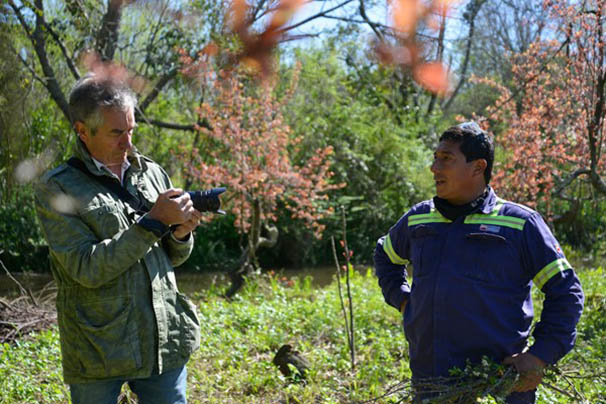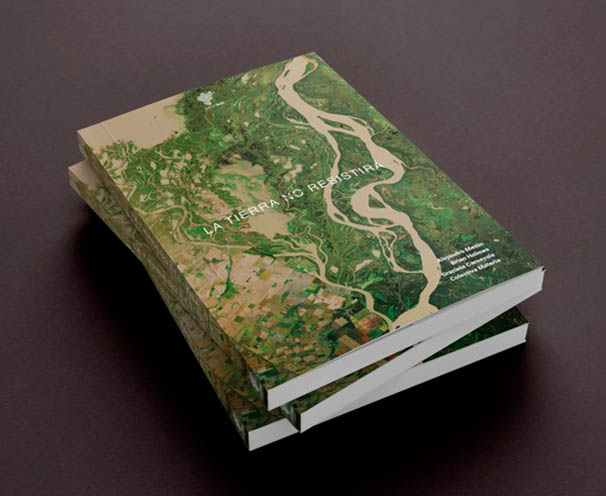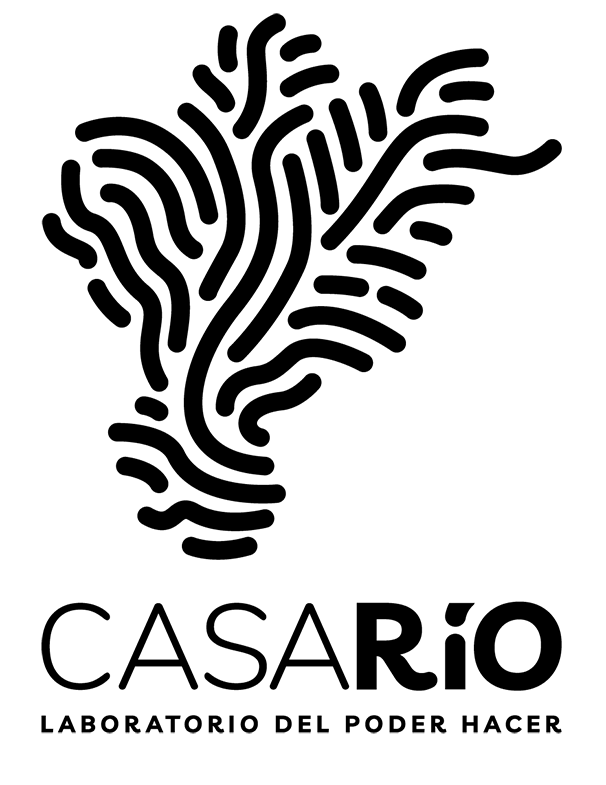What are you looking for?
You might be looking for...
Art and Territorial Agency in Biocultural Corridors
Alejandro Meitin, Casa Río Lab. Territorios de Colaboración en la Cuenca del Plata
General public
Free entry, limited capacity

Biodiversity and cultural diversity cannot be understood except in relation to what makes it possible to maintain the dynamic equilibrium of the system. The biocultural expression that links these two dimensions has a series of values and elements of symbolic and historical, epistemic and political significance, which imply the recognition of communities as fundamental political subjects.

Biocultural corridors cannot be thought of without an understanding of the biological, symbolic, cultural and historical fabric in which life develops. When people assume themselves as designers of their environment, territorialisation takes place, i.e. the process of symbolic-cultural appropriation of a place. The concept of a biocultural corridor arises from the need for ecosystems to remain interconnected, to allow for the continuity of ecological processes, such as genetic exchange, evolution, migration and repopulation. But in this context, a biocultural corridor also involves knowledge, beliefs, practices, in which a symbolic-biotic fabric comes into play, where cosmovision, myth and ritual, history, memory, cultural expressions, are also dimensions of the territory.

The wetland system of the central valley of the Cuenca del Plata in Argentina is a unit of life. A historical, geological, hydrological, biological and cultural continuum of crucial planetary importance. When talking about a biocultural corridor, it is necessary to make intelligible the connection of ecosystems with historical, anthropological and political processes. It is essential to expand the territorial awareness and the awareness of belonging to a bioregion.
Publication The Earth Will Not Resist.
Casa Río Lab will also present in Santa Mònica the book La Tierra NO Resistirá, which is the result of a unique experience of territorial research, exhibition and public forum in the area of the Cuenca del Plata. A book that in its 220 pages gives an account of the link between artistic practices and the territory and its new forms of agency. Art and environment generate an assemblage of forces composed of artists and representatives of local communities of the Paraná Delta and the Río de la Plata.

Interesting links
Casa Río Lab:
https://www.casariolab.art/
Publication "The Earth Will Not Resist":
https://territorios.casariolab.art/publicacion/1
By: Alejandro Meitin
Moderation: Sitesize, Elvira Pujol and Joan Vila Puig
In collaboration with the de Research Group from Santa Mònica formed by Santiago Zabala, Isabel Valverde, Peter Wagner and Enric Puig Punyet

